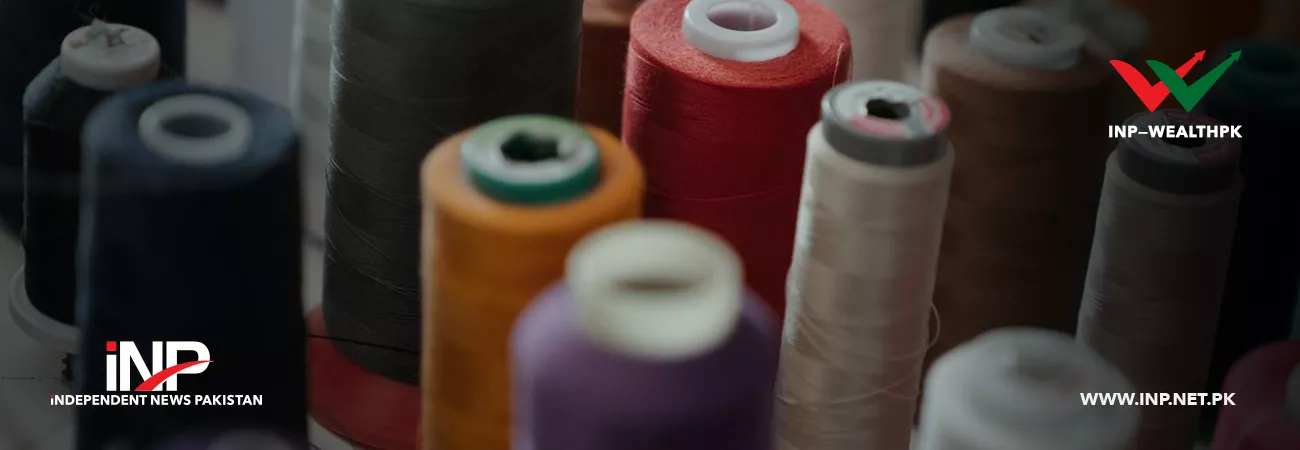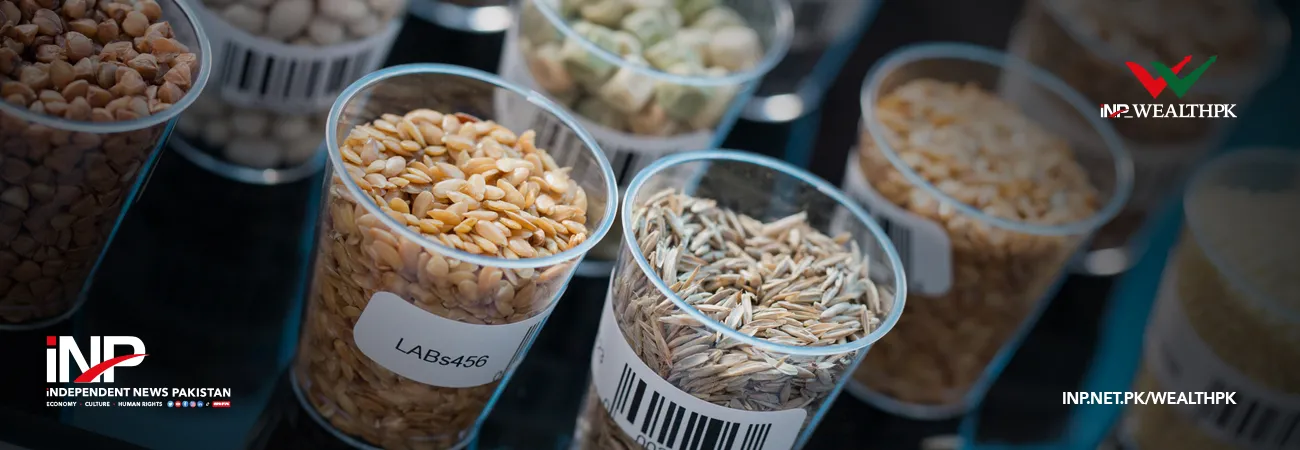INP-WealthPk
By Raza Khan
Pakistan’s textile exports remained unchanged during the first four months (July-October) of the current fiscal year compared to the corresponding period of the previous fiscal year, according to All Pakistan Textile Mills Association (APTMA).
Provisional data released by APTMA shows that Pakistan’s textile exports were recorded at $6.02 billion during July-October FY23, almost the same as during the corresponding period of FY22. Textile exports in October 2022 declined by 16% and dropped to $1.34 billion against $1.6 billion during the same month of the last fiscal year. Exports in October also fell by 11.84% when compared to the preceding month (September). Textile exports in September were registered $1.52 billion.
Pakistan’s textile exports grew by 4% during first quarter (July-September) of the current fiscal year and rose to $4.62 billion from $4.42 billion during the corresponding period of the previous fiscal year.
According to APTMA data, textile exports surged by 1% in July, 8% in August, 1.48% in September, and dropped by 16% in October 2022.
Asad Naqvi, APTMA Senior Analyst, told WealthPK that growth in textile exports remained below expectations due to various problems, particularly the energy supply issues. He feared that textile exports could further go down in the coming months if reliable and affordable energy supplies are not made available.
Naqvi said that other factors which are halting exports include increase in prices of petroleum products, currency devaluation, and expensive raw material. He said APTMA has repeatedly warned that Pakistan’s textile exports could further decline by $400 million to $500 million each month if the problem of energy shortage was not resolved.
According to Shahid Sattar, Executive Director of APTMA, various issues caused decline in textile exports. Those issues include non-availability of cotton, non-functioning units, stuck cotton consignments at port and high-interest rates.
Shahid said Pakistan’s cotton production has dropped by 50% from 14 million bales to 6 million bales, inflicting $2 billion annual losses on the textile industry, and at least $10 billion to the GDP (gross domestic product). He said that gas/RLNG being supplied to textile mills in Punjab province was less than one-third of the required quantity of 200 MMCFD.
Pakistan’s textile exports were registered at $19.329 billion during the fiscal year 2021-22 against $15.4 billion in the preceding year, with an increase of 25.53%. Textile exports are the major portion of the country’s overall exports, and the textile sector absorbs over 50% of the industrial workforce in Pakistan. Textile exports in 2021-22 accounted for 60.92% of the country’s total exports of $31.76 billion.
According to Textiles and Apparel Policy 2020-25, textile exports target for the current year has been set as $25 billion. APTMA said that Pakistan would also have to import five million bales of cotton during the current year to fulfil the demand of the textile industry, as this year, Pakistan’s own crops have been damaged by floods.
According to the Board of Investment, Pakistan is the eighth largest exporter of textile products in Asia.
Credit : Independent News Pakistan-WealthPk













